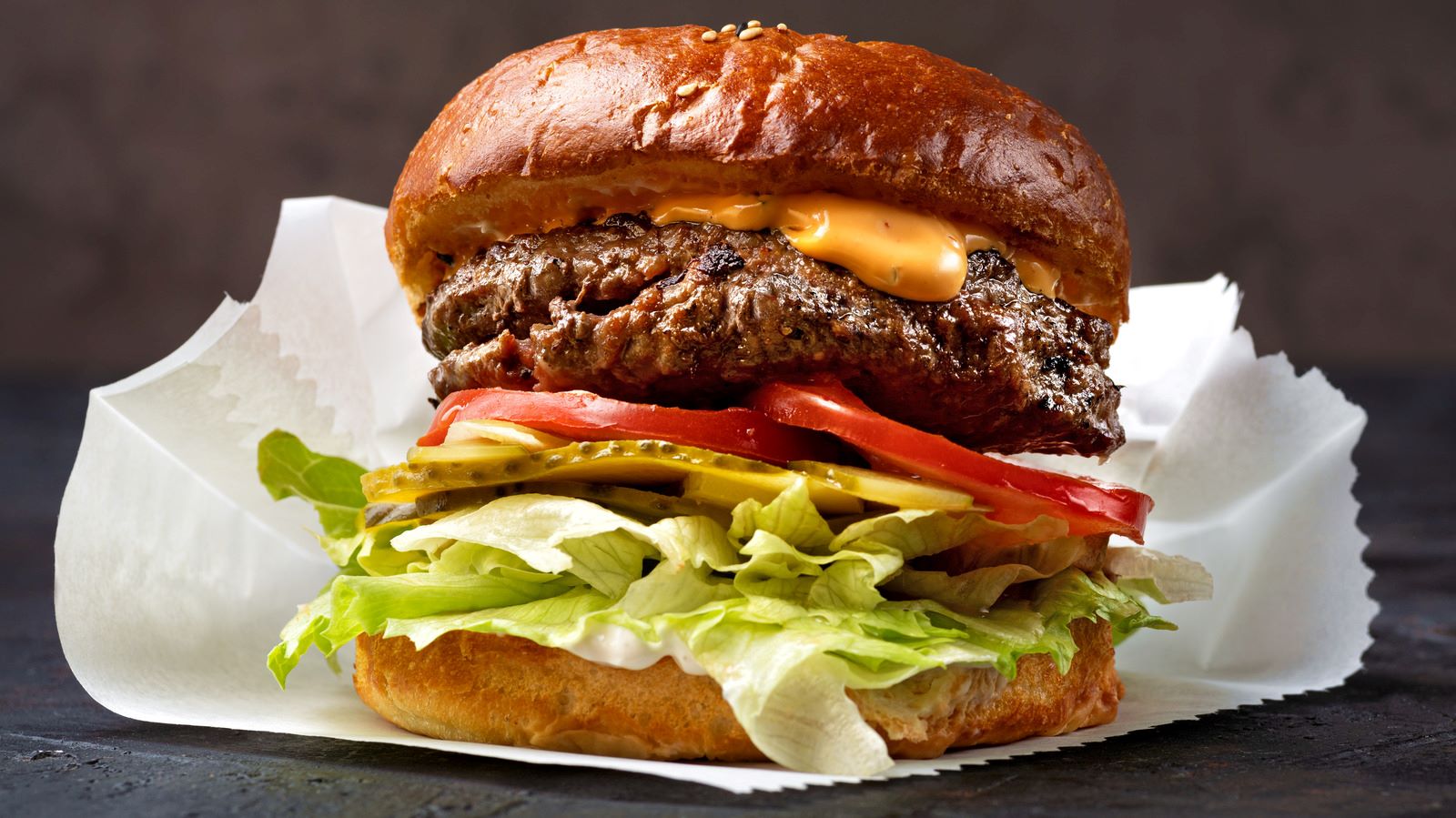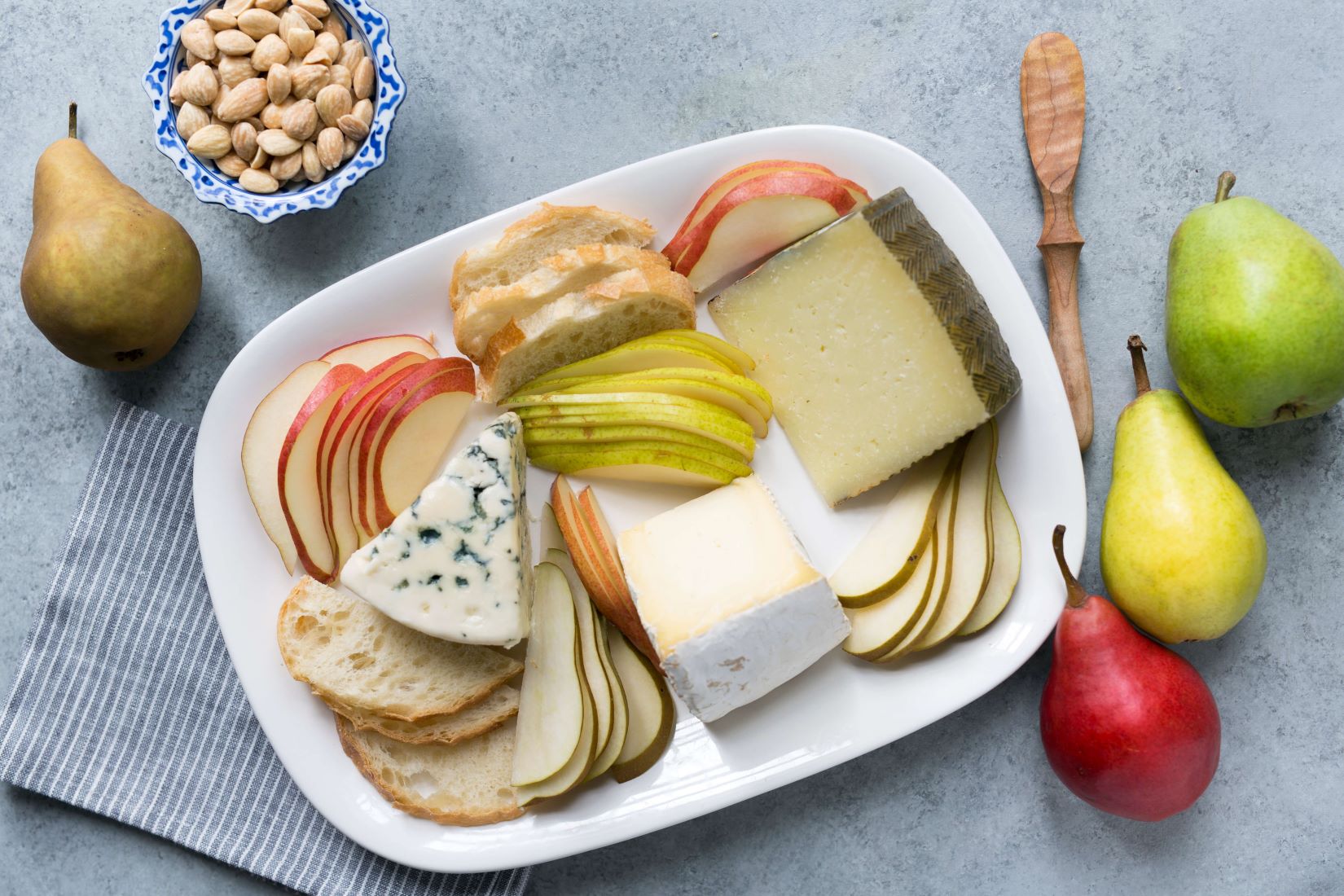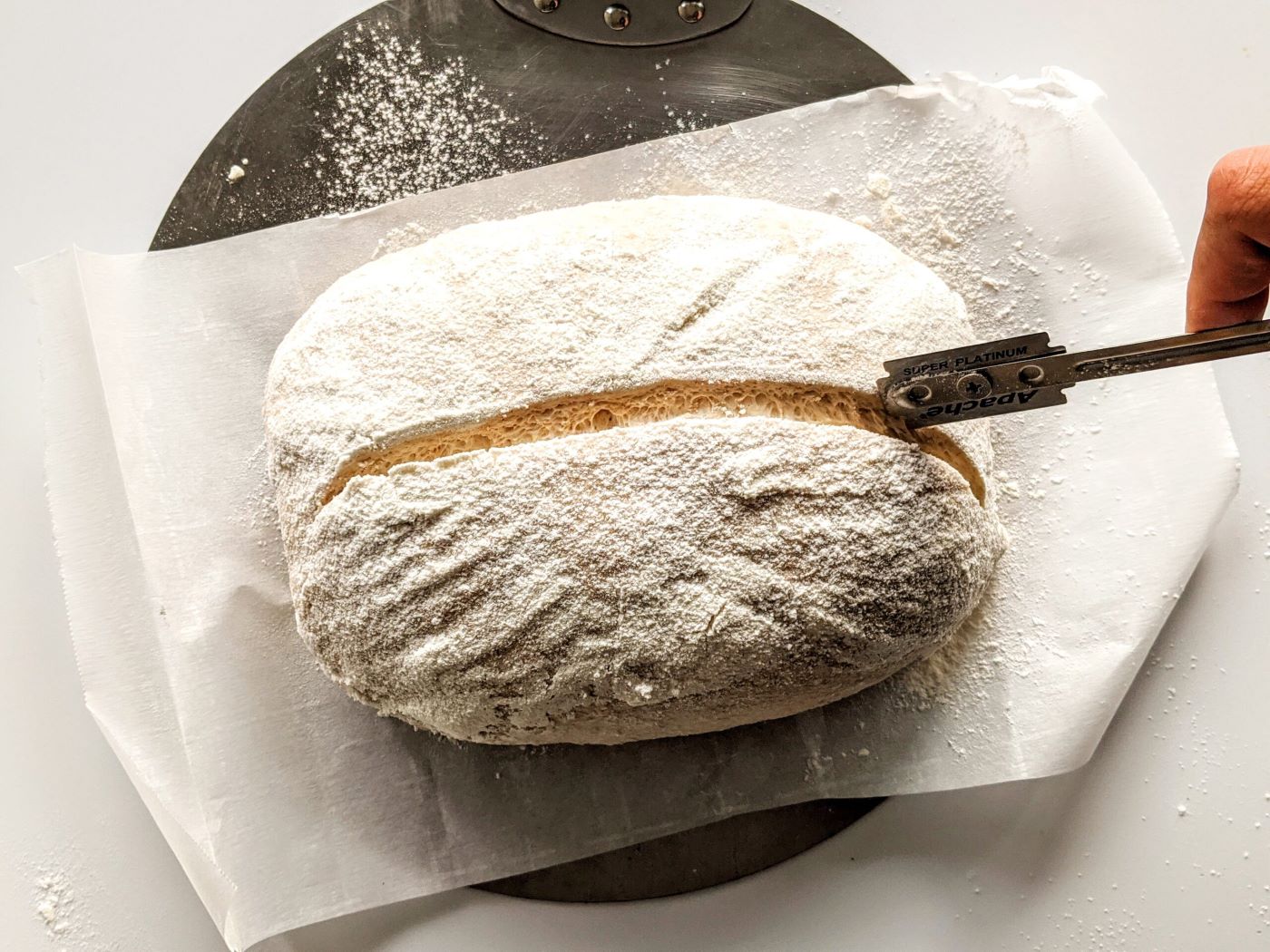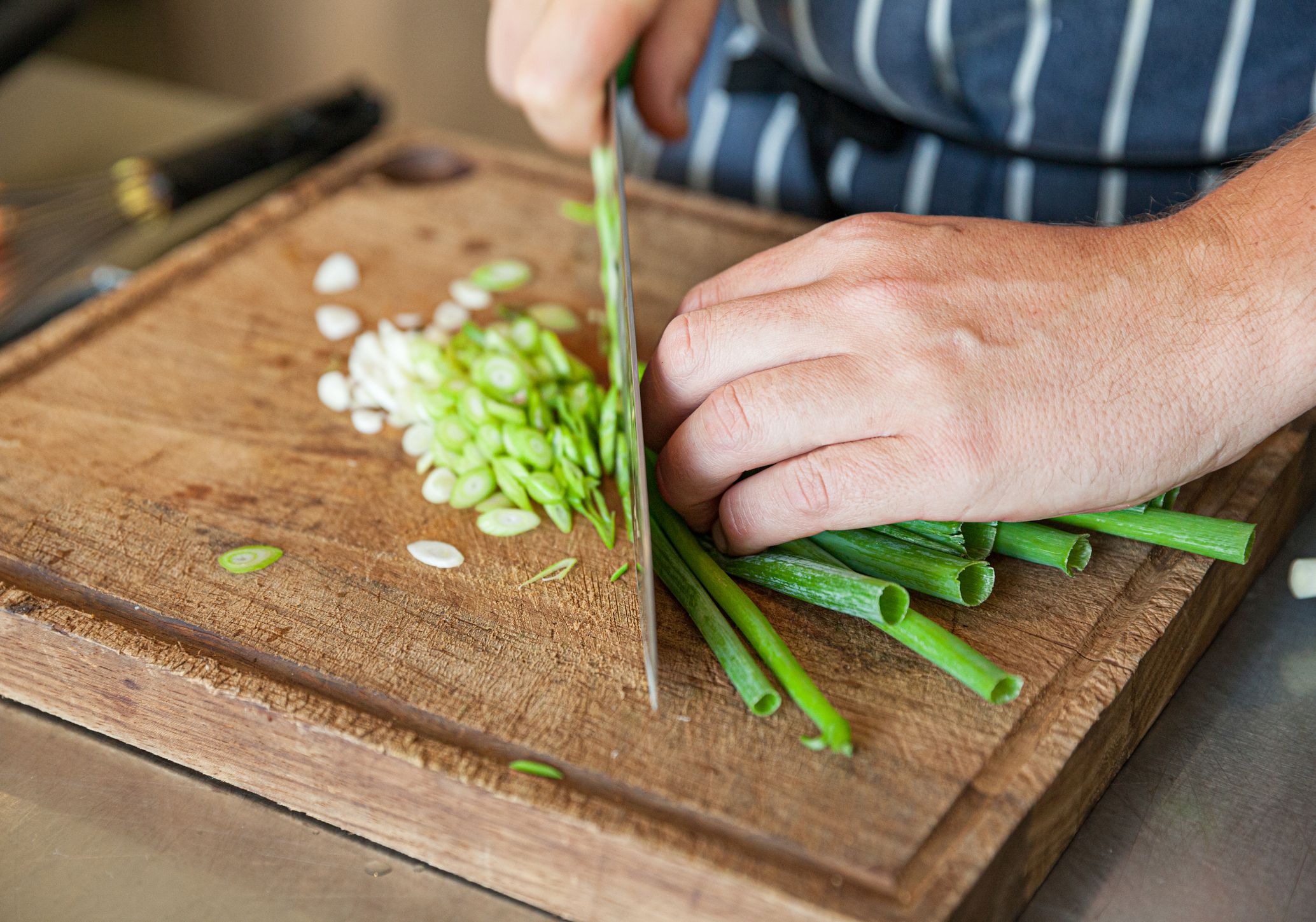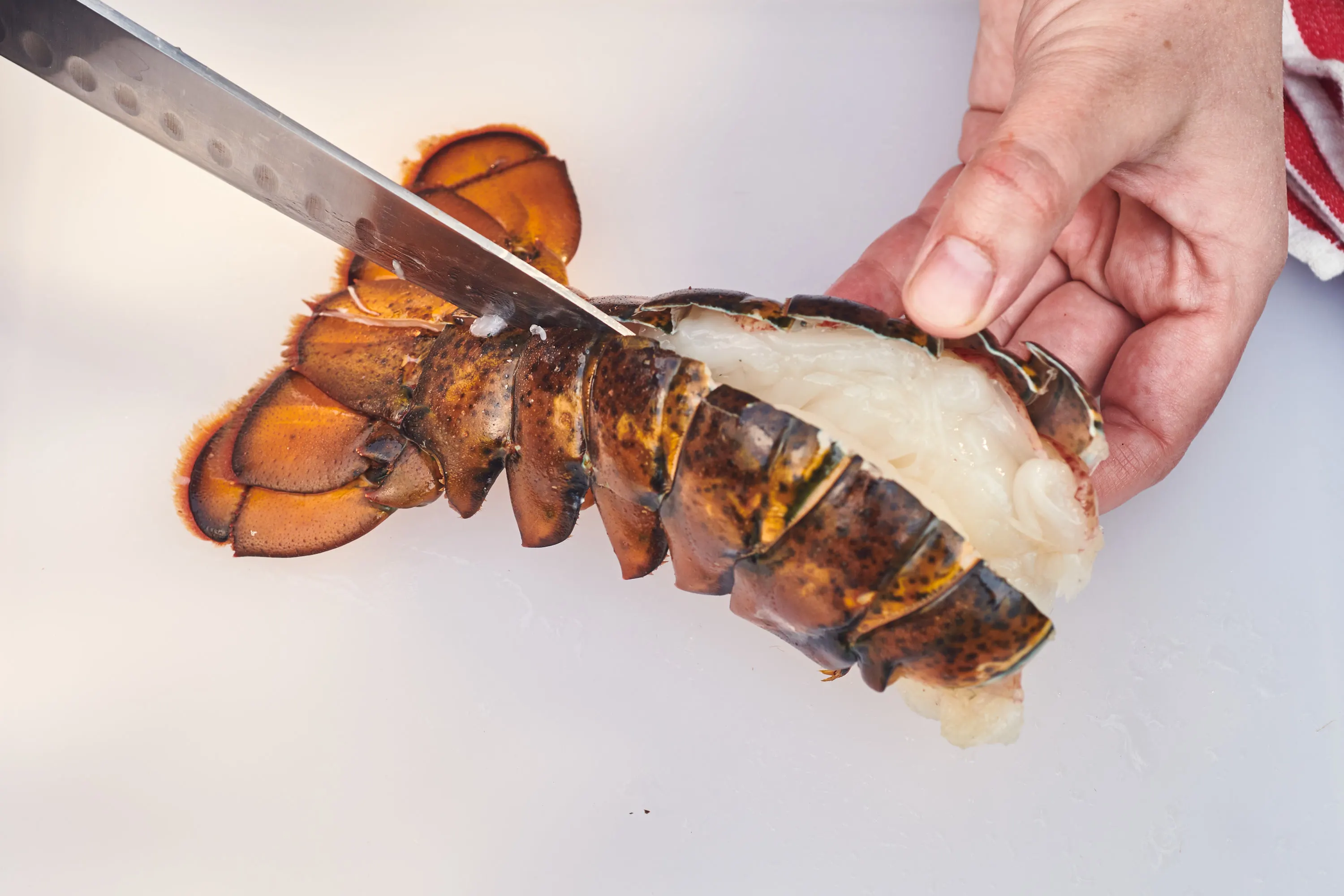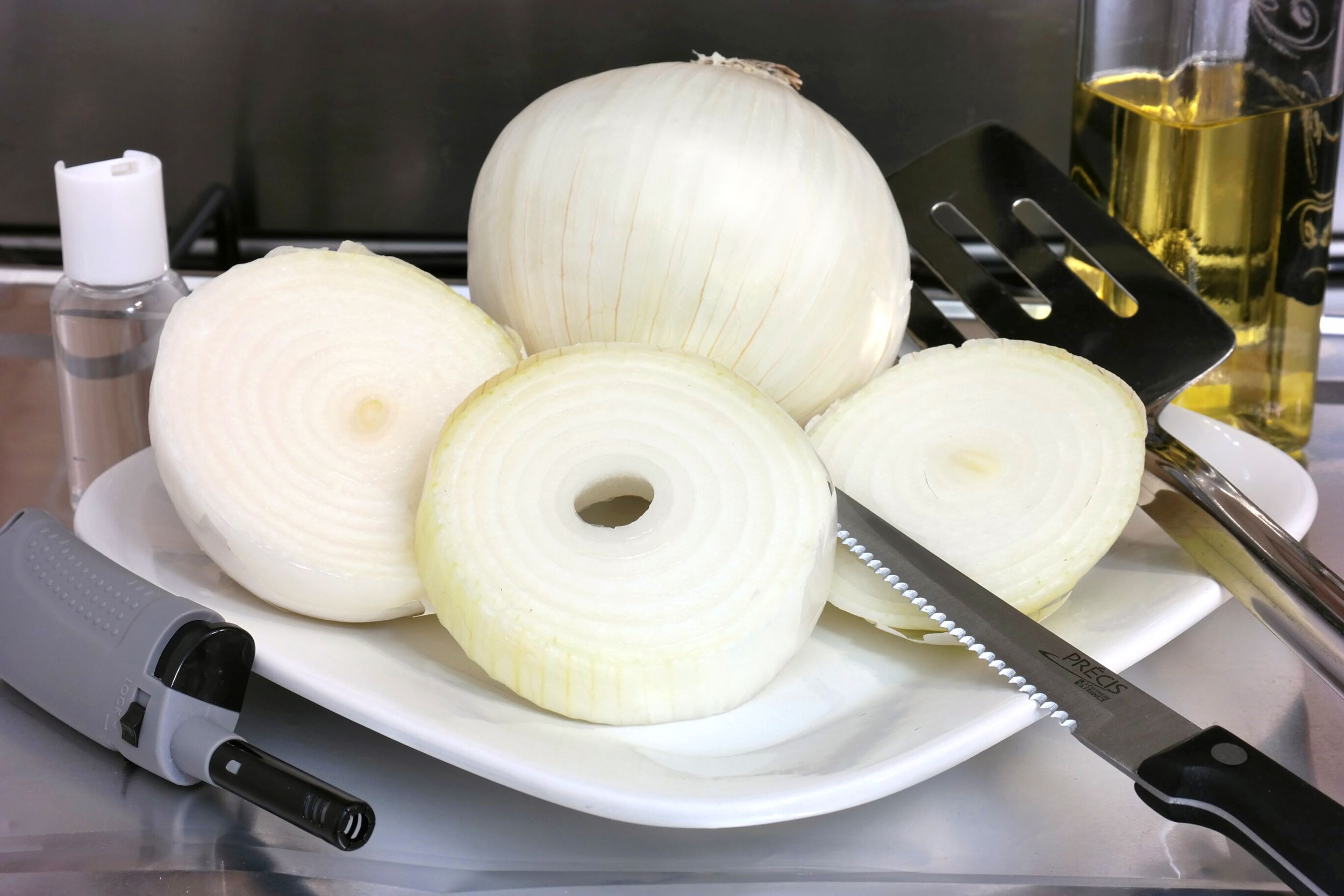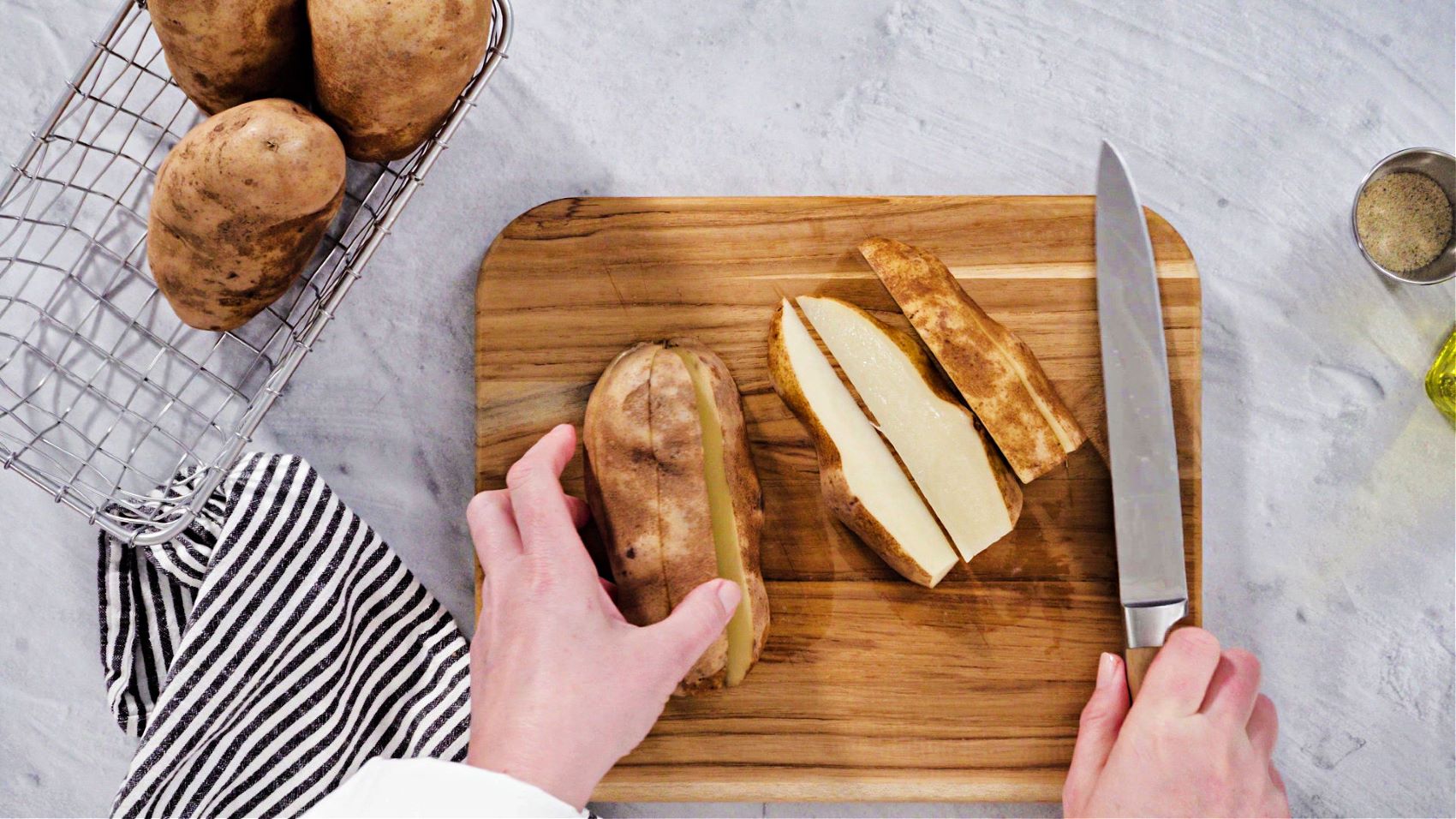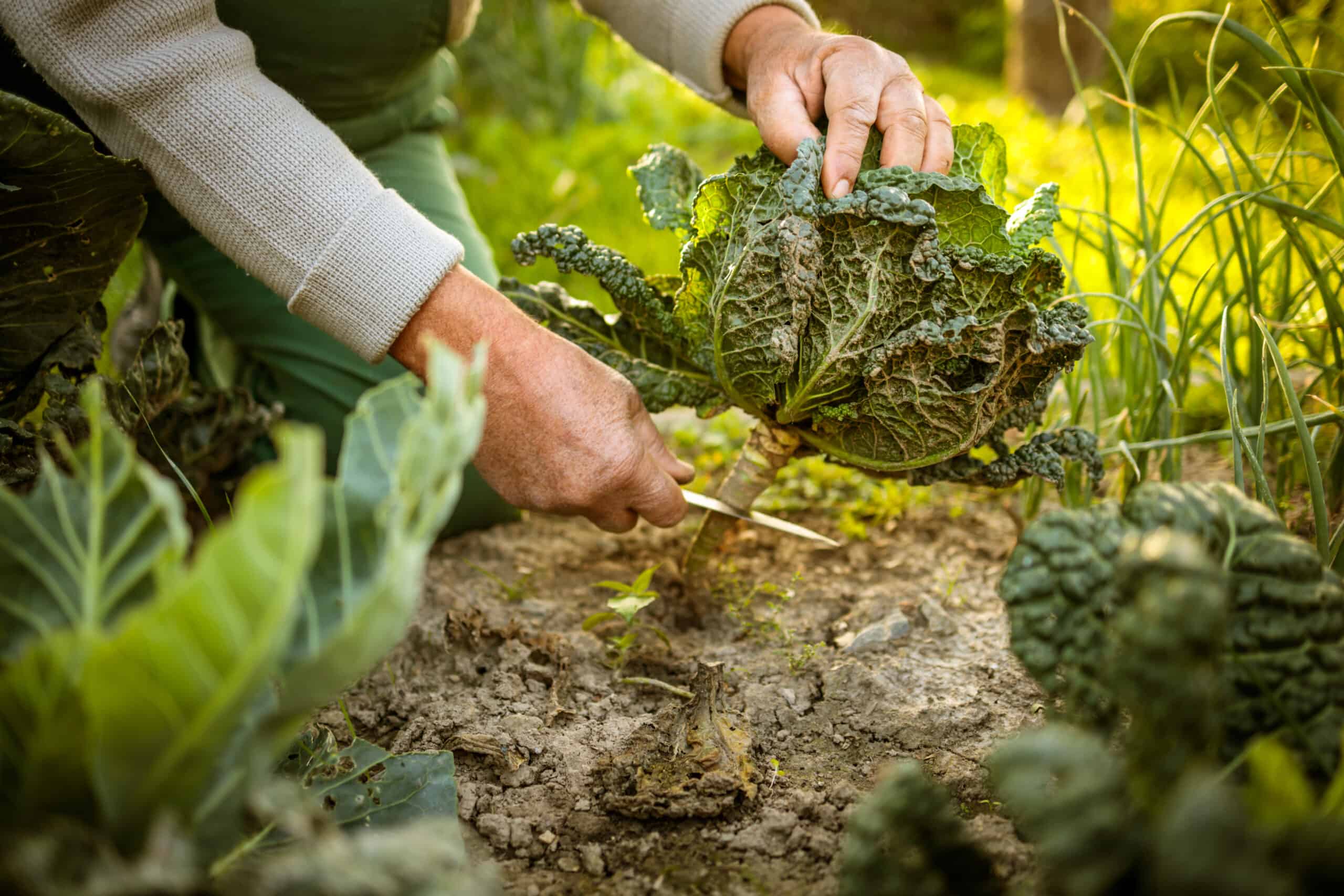How To Cut A Whole Beef Tenderloin Into Steaks
Are you ready to elevate your culinary skills and impress your family and friends with restaurant-quality steaks? Look no further! In this guide, we will walk you through the step-by-step process of cutting a whole beef tenderloin into mouthwatering steaks. Get your knives ready, because we’re about to dive into the art of steak preparation!
What You’ll Need
Before we start, gather the following tools to ensure a smooth and successful cutting process:
- A sharp boning knife or chef’s knife
- Cutting board
- Butcher’s twine (optional)
- Plastic wrap or butcher paper
- Meat thermometer
Step 1: Preparing the Tenderloin
Start by placing the whole beef tenderloin on a clean cutting board. Trim off any excess fat or silver skin using your knife. This step is crucial as it helps improve the presentation and texture of the steaks.
Step 2: Identifying the Sections
A whole beef tenderloin consists of different sections, and each section yields a specific steak cut. Familiarize yourself with the following sections:
- Chain – This thin strip of meat runs along the tenderloin and can be removed to create a separate steak.
- Head – The thickest part of the tenderloin, perfect for filet mignon steaks.
- Center – Located in the middle of the tenderloin, it’s a prime section for large steaks like Chateaubriand.
- Tail – The tapered end of the tenderloin, great for smaller steaks or beef medallions.
Step 3: Cutting the Steaks
For each section, follow these general steps to cut your desired steaks:
- Measure and mark the desired thickness for your steaks. Aim for around 1 to 1.5 inches, as this allows for a perfect balance between tenderness and juiciness.
- Hold the knife at a slight angle and make a clean, steady cut through the tenderloin. Remember to use long, smooth strokes for the best results.
- Repeat the process for each section, adjusting the thickness and size according to the specific cut you are aiming for.
Pro tip: To ensure that your steaks cook evenly, it’s recommended to tie butcher’s twine around each steak, securing any loose portions.
Step 4: Storing and Cooking
Once you’ve cut all your steaks, it’s essential to store them correctly to maintain their freshness. Wrap each steak individually in plastic wrap or butcher paper, then place them in an airtight container or freezer bag. Store the steaks in the refrigerator for up to 3 days or freeze them for longer preservation.
Now it’s time for the fun part—cooking! Whether you prefer grilling, pan-searing, or oven-baking, remember to bring your steaks to room temperature before cooking. Use a meat thermometer to ensure your steaks reach the desired level of doneness.
So there you have it—the ultimate guide on how to cut a whole beef tenderloin into steaks. With a little practice and the right tools, you’ll soon become a master at transforming this luxurious piece of meat into delectable restaurant-style steaks. Get ready to savor every juicy bite!
Was this page helpful?
Read Next: How To Cut Up An Artichoke
xanderlawgroup
Miami's top corporate lawyer with practice focus areas of business law, commercial litigation, chapter 11 bankruptcy, contract law, corporate counsel and more.

